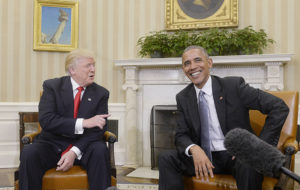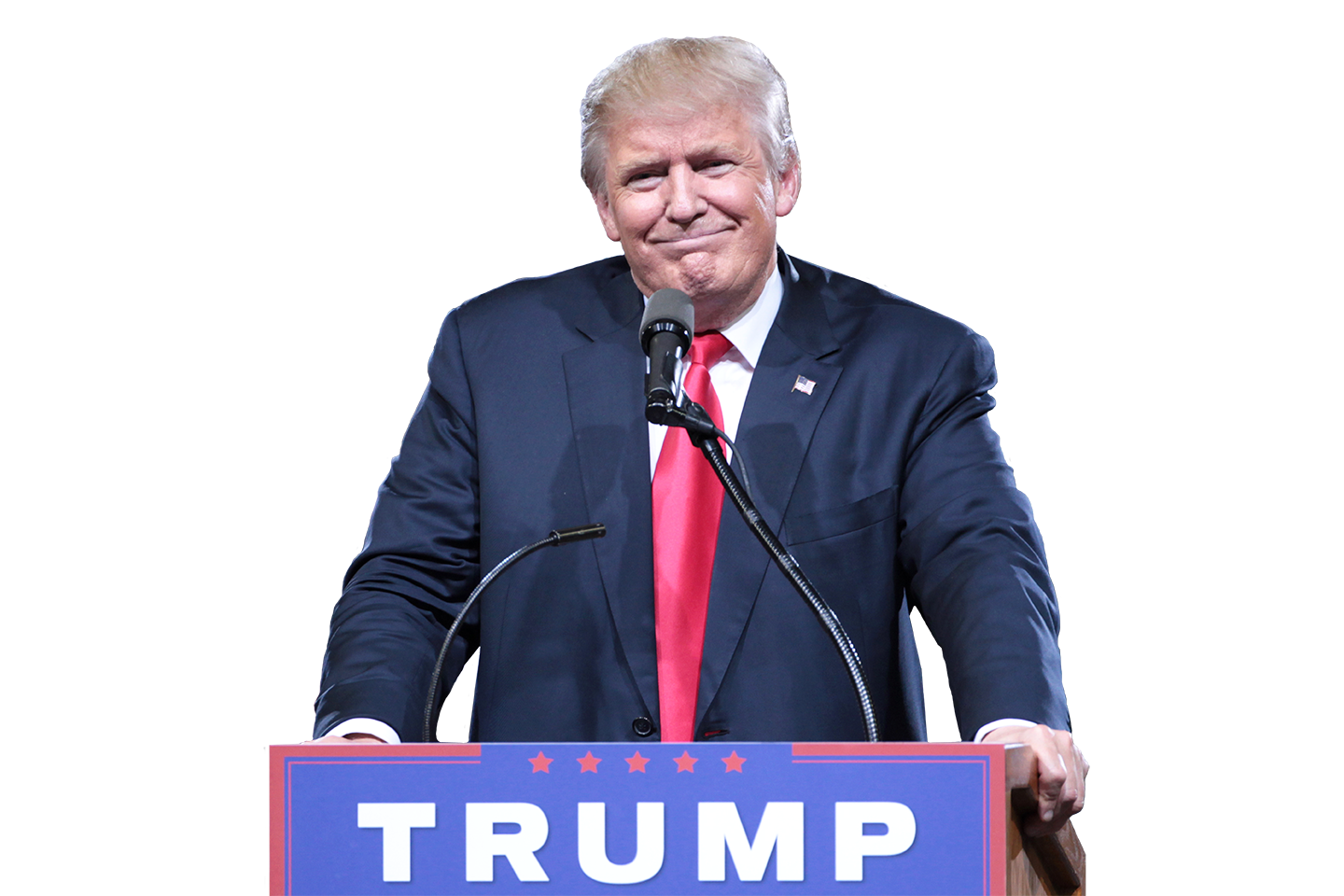Campuses nation wide have erupted after last Wednesday’s election results. Despite the loss of the popular vote, Donald J. Trump will be sworn in January 20 of the New Year. Voter turnout was down from 2008.
The Millennial vote, in what amount turned out, favored Clinton. Eight percent of the 18 to 29 age group voted for someone besides the two Party representatives. The total amount of votes for third party candidates in Ohio was 4.4 percent.
Ohio’s 18 electoral votes have long waged the state as a battleground for a pathway to the White House. In 2008, Barack Obama won by a margin of 3 percent.
Sinclair served as host for three campaign events for the Clinton campaign during this last push. Sinclair as an entity does not support nor endorse any candidate. Sinclair serves as a place for discussion and ideas in Dayton.
No Trump campaign members reached out to hold an event on Sinclair grounds. The Trump campaign instead opted for rallies in various locations including Wilmington, Ohio.
Chelsea Clinton, Vice President Joe Biden and civil rights leader John Lewis visited Sinclair on the Presidential trail.
Like all presidents, Trump will face the burden of living up to his promises. The Trump presidency includes the platform of Trump’s plan for his first 100 days in office.
The notion of the first 100 days has existed since Roosevelt’s New Deal initiatives. Since then, the first 100 days has been a measuring tool used by the media, historians and citizens alike toward presidential elects.

Outlined in his plan to “Make America Great Again” are measures Trump states will emphasize “restoring honesty, accountability and change to Washington.”
To clean up the corruption and special interest collusion as Trump puts it in Washington, he will propose a Constitutional Amendment to impose term limits on all members of Congress.
Currently there is no such term limit, bearing that each Senator and Representative continues to be elected democratically each term.
Trump’s 100 days policy also seeks to enact a hiring freeze on federal employees to reduce federal workforce through attrition. Military, public safety and public health fields are exempt from the freeze.
Trump’s third initiative is one that states that “for every new federal regulation, two existing regulations must be eliminated.”
Another emphasis according to Trump’s proposal is a ban on White House and Congressional officials from immediately becoming lobbyists after they leave government service.
In the same vein of anti-lobbyist policy, Trump proposes a ban on foreign lobbyists raising money for American elections.
The next element of Trump’s 100 days vision centers on actions Trump states will serve to “protect American workers.”
Trump plans to renegotiate or withdraw from NAFTA and from the Trans-Pacific Partnership. Trump also states he will aim to identify and deal with all foreign trading abuses that “unfairly impact American workers.”
Lastly, Trump’s plans focus on invigorating the energy market by lifting restrictions for shale, oil natural gas and clean coal. Trump aims to support projects like the Keystone Pipeline.
Part of the Trump policy includes the cancellation of billions of dollars towards U.N. climate change programs and to instead use that money to “fix America’s water and environmental infrastructure.”
Trump has long promised to ‘undo’ the executive actions issued by President Obama. He aims to replace the late Supreme Court Justice Antonin Scalia and cancel all federal funding to Sanctuary Cities—of which Dayton may fit the descriptor.
Immigration reform including the suspension of immigration from “terror-prone” regions is on the table. Pro school choice movements, the repeal of the Affordable Care Act and the creation of a wall on the U.S. southern border.
Barton Kleen
Executive Editor


